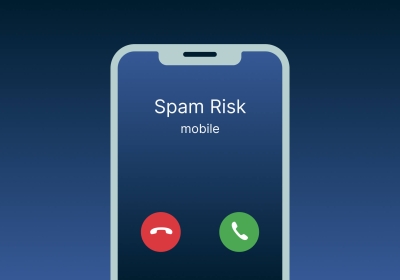Essential Website Designing Guidelines for Schools, Colleges, and Coaching Institutes


Essential Website Designing Guidelines for Schools, Colleges, and Coaching Institutes
In today's digital age, having a well-designed website is crucial for educational institutions like schools, colleges, and coaching institutes. Not only does it serve as a window into the institution's offerings and culture, but it also plays a significant role in attracting prospective students and engaging current ones. Here are some essential guidelines for designing an effective website for educational institutions:
1. Clear Navigation:
Ensure that the website navigation is intuitive and easy to use. Visitors should be able to find information about courses, faculty, admissions, facilities, and contact details without any confusion.
2. Mobile Responsiveness:
With the increasing use of smartphones and tablets, it's essential to design a website that is mobile-responsive. This ensures that users have a seamless experience across different devices and screen sizes.
3. Branding Consistency:
Maintain consistency with the institution's branding, including colors, logos, and fonts. This helps in creating a strong brand identity and reinforces the institution's image.
4. Focus on Content:
Provide relevant and updated content that caters to the needs of students, parents, and faculty. This includes information about academic programs, extracurricular activities, events, and news updates.
5. Visual Appeal:
Use high-quality images and videos to make the website visually appealing. Showcase campus life, facilities, classrooms, labs, and other amenities to give visitors a glimpse of what the institution has to offer.
6. Accessibility:
Ensure that the website is accessible to all users, including those with disabilities. Follow accessibility standards such as providing alternative text for images, using proper heading structures, and ensuring keyboard navigation.
7. Quick Loading Time:
Optimize the website for fast loading times to prevent visitors from getting frustrated and leaving. Compress images, minimize HTTP requests, and utilize caching techniques to improve performance.
8. Contact Information:
Make it easy for visitors to contact the institution by prominently displaying contact information, including phone numbers, email addresses, and a contact form. Consider adding a live chat feature for real-time assistance.
9. Security:
Implement security measures to protect sensitive information and prevent data breaches. Use HTTPS encryption, regularly update software, and follow best practices for user authentication and authorization.
10. Feedback Mechanism:
Include a feedback mechanism or survey form to gather input from visitors about their experience with the website. Use this feedback to make improvements and enhance user satisfaction.
By following these guidelines, educational institutions can create a website that effectively communicates their offerings, engages visitors, and strengthens their online presence. A well-designed website not only attracts prospective students but also enhances the institution's reputation and credibility in the digital realm.










